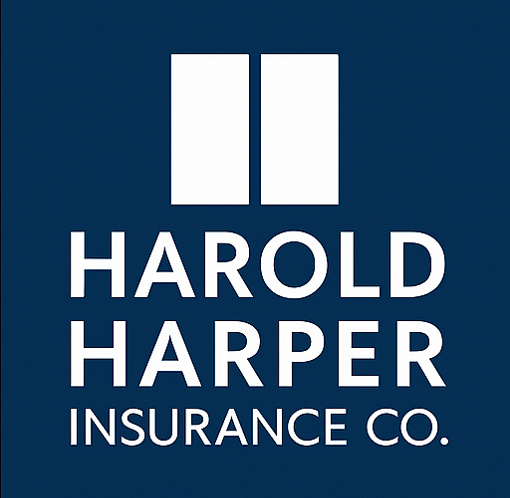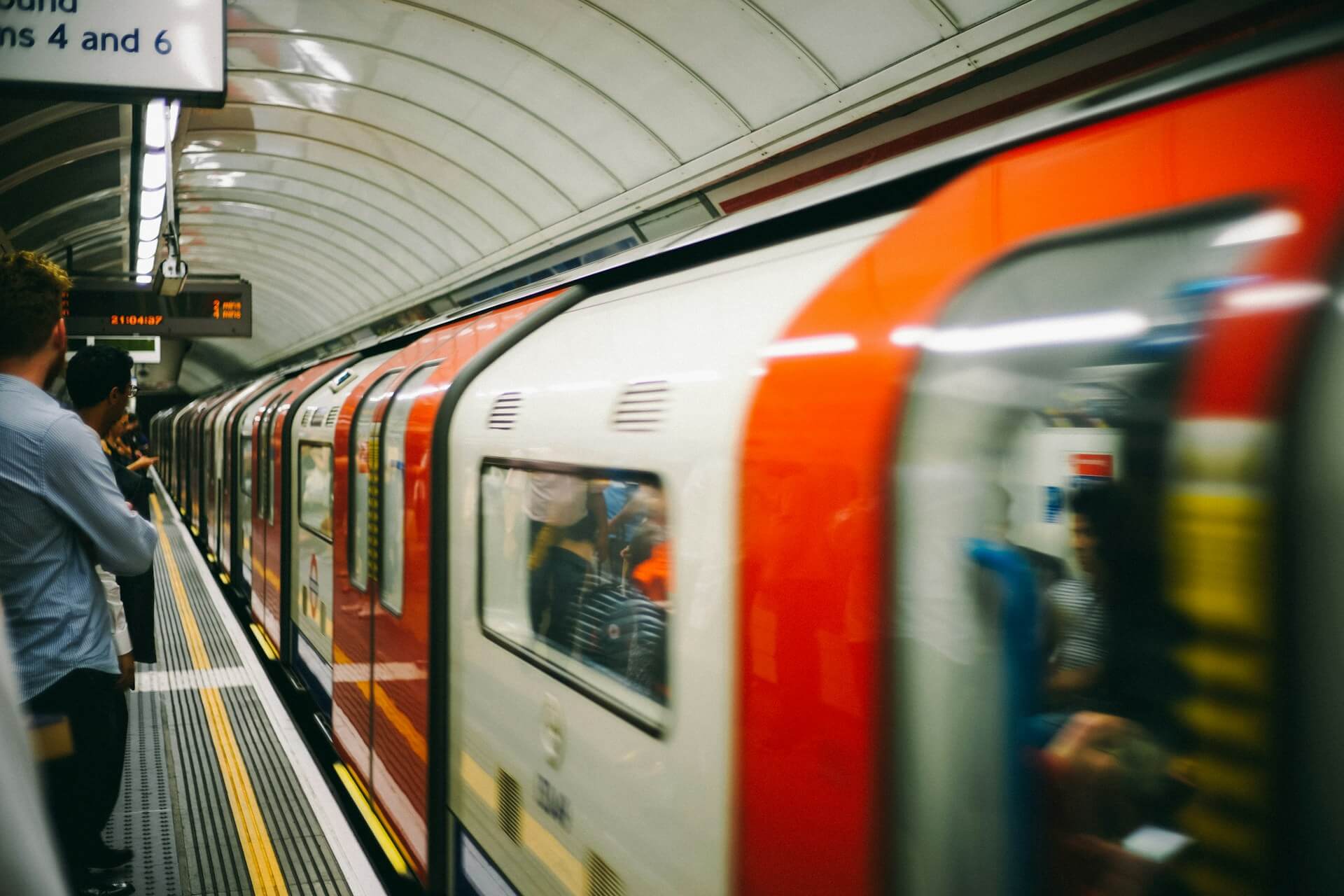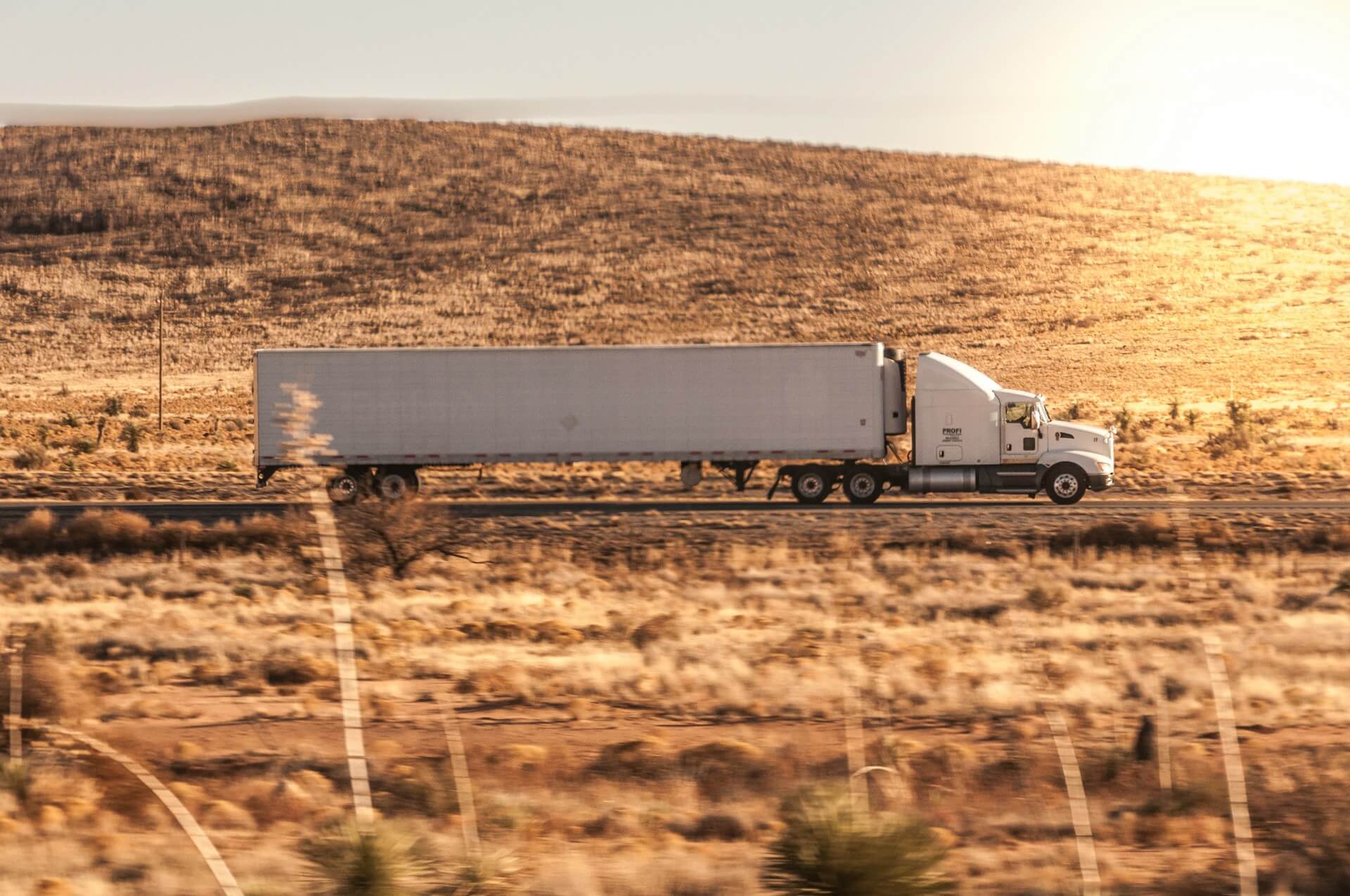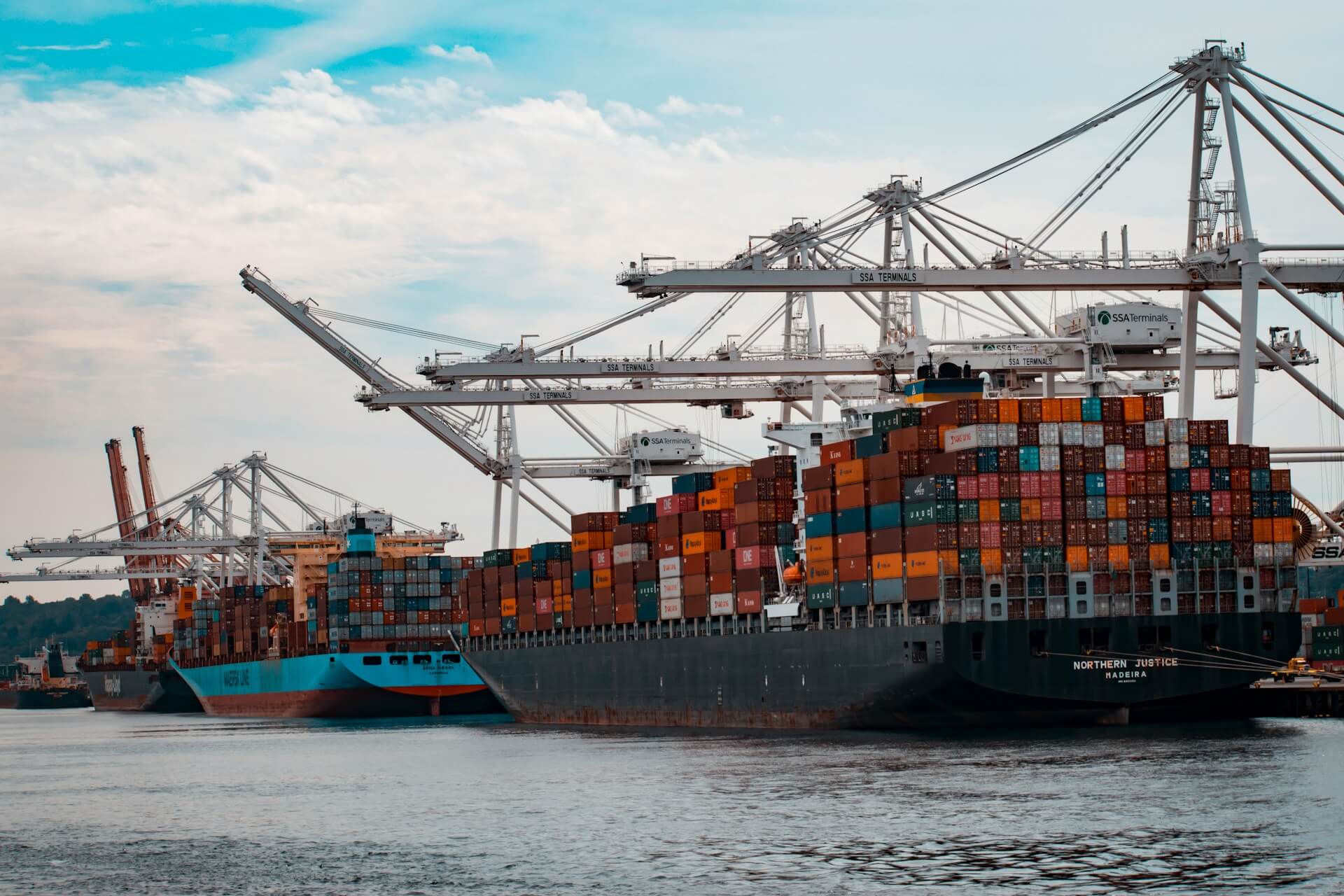Expansion and Modernization: The Subway, Bus System, and Commuter Railway Evolution
Traditional problem-solving is obsolete. Preparing for new risks demands a completely fresh approach.
Navigating Emerging Risks in Public Transportation: Tailored Insurance Solutions
The public transportation industry—including subways, bus systems, and commuter railways—is evolving in response to rising demand, regulatory changes, and emerging risks. As these systems expand and modernize, they face new challenges that require specialized insurance solutions. This resource page explores the emerging risks within public transportation and highlights the tailored insurance solutions that can help mitigate these challenges, ensuring safe, efficient, and continuous operations.
Autonomous Transit Vehicle Insurance: Preparing for the Future of Public Transport
As autonomous vehicles begin to play a larger role in public transportation—particularly in the form of driverless buses and self-driving shuttles—new risks and legal complexities arise. Autonomous transit vehicle insurance is designed to address the unique challenges of these technologies, covering liability risks, software malfunctions, and accidents involving vehicles with minimal human intervention.
Key Insights:
- Liability Determination: Autonomous vehicles introduce complex liability issues, such as determining responsibility in the event of an accident, especially when automated systems are involved in a collision or failure.
- Emerging Coverage: This insurance provides coverage for accidents, software failures, and system malfunctions, helping transit companies stay ahead of the evolving landscape of self-driving technology.
Pinch: Without autonomous vehicle insurance, transit operators risk being exposed to complex legal claims and massive financial liabilities in the event of an accident involving autonomous systems. The rapid adoption of these technologies makes it critical to secure specialized coverage for both driverless systems and the operational risks associated with them.
Environmental Liability Insurance: Addressing Sustainability and Regulatory Risks
Public transportation systems, particularly those relying on fossil fuel-based buses and diesel-powered trains, face increasing pressure to meet environmental regulations. Environmental liability insurance helps mitigate the risks associated with pollution, fuel spills, and hazardous material leaks, ensuring compliance with environmental standards and reducing the financial impact of potential environmental incidents.
Key Insights:
- Climate Change and Emissions Regulations: As cities and governments implement stricter carbon emissions and sustainability policies, public transportation systems must comply with these evolving regulations or risk facing heavy fines and legal consequences.
- Pollution Prevention: This insurance helps cover the costs of cleanup, fines, and third-party claims resulting from environmental damage, including hazardous material spills and accidental emissions from transit vehicles.
Pinch: Without environmental liability insurance, public transportation systems face the risk of substantial financial penalties for non-compliance. A fuel spill or toxic material leak could lead to significant clean-up costs and regulatory penalties, while also damaging the public’s trust in the safety and sustainability of the service.
Workers’ Compensation Insurance: Protecting Your Drivers and Employees
The public transportation sector is inherently high-risk for employees, including bus drivers, train operators, and maintenance staff. Workers' compensation insurance is essential to ensure that employees are covered in the event of a work-related injury or illness, providing coverage for medical expenses, rehabilitation, and lost wages.
Key Insights:
- High-Risk Occupation: Drivers and employees in public transportation face risks such as vehicle accidents, slips, trips, and falls, and repetitive stress injuries from handling equipment or operating vehicles.
- Legal Compliance: In most regions, workers' compensation is legally required, and this insurance not only protects employees but also shields the organization from costly lawsuits or workers' compensation claims.
Pinch: A workplace injury or accident involving public transit employees can lead to legal claims, medical costs, and reputation damage. Without proper workers' compensation coverage, the financial burden could harm both the business’s bottom line and employee morale, impacting operational efficiency and public trust.
General Liability Insurance: Protecting Against Third-Party Claims
Public transportation systems are exposed to a wide range of third-party risks, including passenger injuries, property damage, and accidents involving pedestrians or other vehicles. General liability insurance provides coverage for these risks, protecting the transit system from the financial implications of claims made by third parties.
Key Insights:
- Injuries to Passengers: Transit systems must be prepared for accidents that could result in passenger injuries on buses or trains, whether due to falls, collisions, or improper maintenance.
- Property Damage: General liability insurance also covers damage to property caused by the operation of vehicles or transit infrastructure, such as damaged public infrastructure or vehicles in accidents.
Pinch: Without general liability insurance, a third-party injury or property damage claim could result in costly legal battles, settlements, and reputation harm. A single incident could jeopardize the public’s perception of safety and trust in the service, especially if it results in significant medical costs or lawsuit settlements.
Conclusion: Preparing Your Public Transportation Business for Emerging Risks
The public transportation industry is facing a rapidly evolving set of risks, driven by new technologies, environmental regulations, and increasing security concerns. From autonomous vehicle insurance and environmental liabilities to workers’ compensation and general liability, securing the right insurance coverage is essential to protect assets, ensure public safety, and maintain compliance in a complex regulatory environment.
By partnering with an experienced insurance broker who understands the unique challenges of the public transportation sector, businesses can ensure they are adequately protected against both traditional risks and emerging threats. With the right coverage, public transportation providers can continue offering safe, reliable services while navigating the changing landscape of the industry.
Photo by Josh Wilburne on Unsplash



